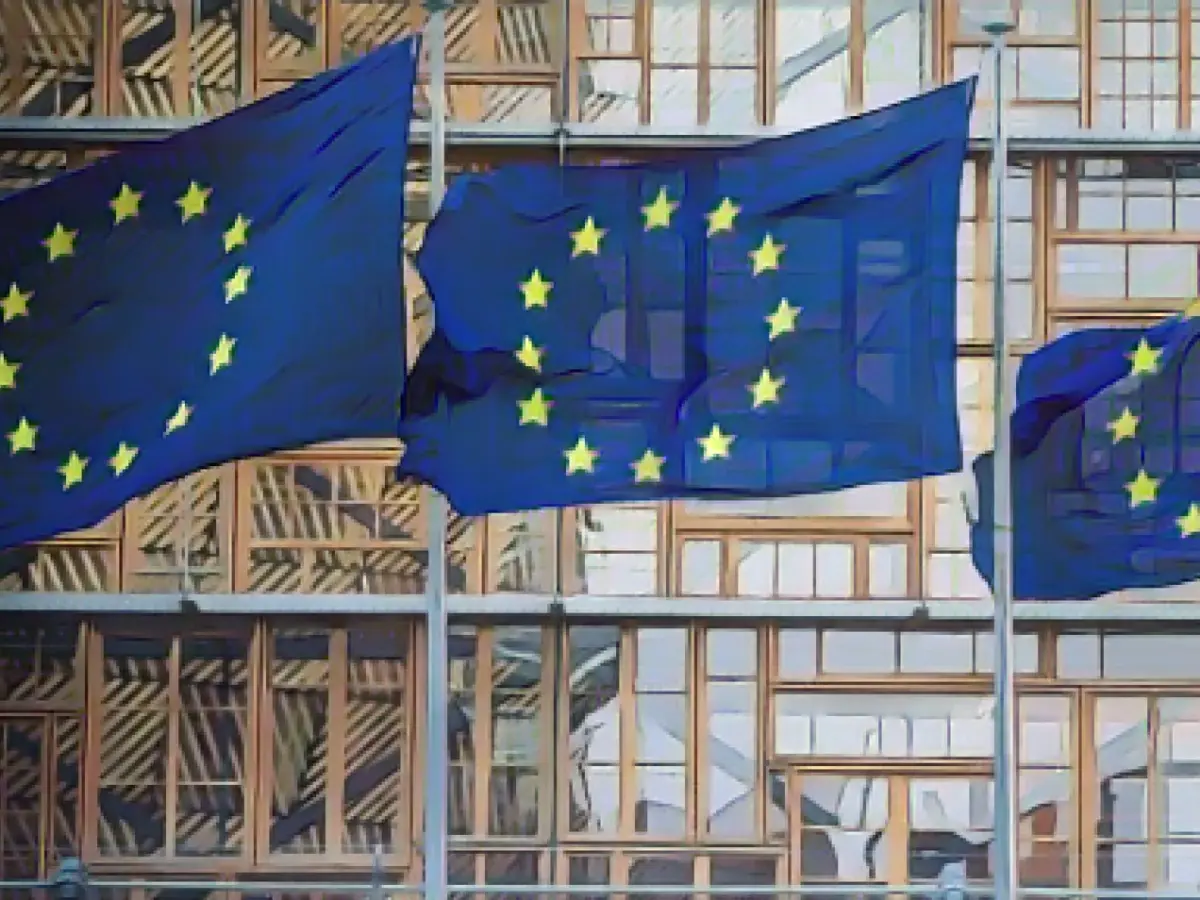EU's Asylum Reform Agreed Upon after Years of Negotiations
The European Union (EU) is planning a fundamental overhaul of its asylum system. After lengthy discussions, EU member states and the European Parliament finally reached an agreement on the necessary legal texts, as announced by the Spanish Council Presidency and the EU Commission on a Wednesday morning. The arrangement includes numerous tightened asylum rules, aiming to reduce irregular migration.
The accord still requires confirmation from the European Parliament and the EU member states. This is a routine process.
Under the plans, uniform border control procedures will be in place at the EU's external borders. Particular attention will be paid to people coming from countries considered relatively safe. Individuals will be held in reception camps pending a decision on their asylum application.
The distribution of asylum seekers among EU states will be regulated in a new manner via a "solidarity mechanism." Countries unwilling to accept refugees must offer support, such as financial assistance. Rejected asylum seekers will be more easily deported to safe third countries in the future.
The reform started in response to the 2015/2016 refugee crisis, which saw Greece overwhelmed by migrants from countries like Syria. Countries should have registered asylum seekers where they first entered the EU, according to the so-called Dublin Regulation. However, this wasn't the case.
The negotiations were challenging, with Hungary finding the proposals too lenient, and aid organizations and left-wing and green factions fearing human rights were being overlooked in asylum procedures.
Additional Insights
The EU's asylum reform agreement, part of the "New Pact on Migration and Asylum," involves significant changes to border procedures, asylum application processes, and refugee distribution. The revised Reception Conditions Directive ensures applicants for international protection receive adequate material reception conditions tailored to their needs.
The agreement also includes measures to ensure a quick and systematic transfer of individuals to the responsible Member State. It establishes a common Resettlement Framework for refugees and introduces changes to the asylum application process, aiming to simplify and accelerate the examination and decision-making process.
Despite these reforms, challenges and uncertainties persist. The new system could potentially weaken asylum rights and complicate implementation. Certain member states are also considering more stringent deterrence measures, which could further complicate the situation.
References:






